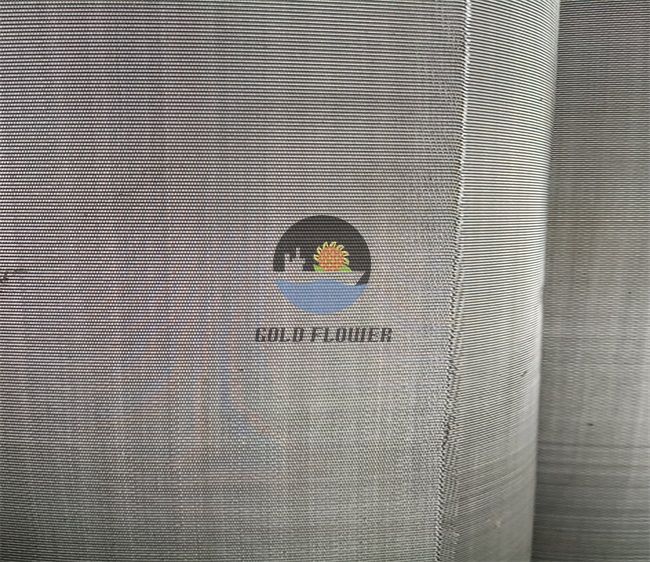Oct . 07, 2024 04:19 Back to list
weaving mesh
Weaving Mesh The Art and Utility
Weaving mesh is a fascinating technique that combines artistry and utility, presenting a unique blend of craft and functionality. This method has been used for centuries, evolving from simple handmade creations to sophisticated industrial applications. Today, woven mesh can be found in various forms, from decorative screens and filters to safety equipment and architectural enhancements.
At its core, weaving mesh involves interlacing threads or wires to form a flexible fabric with open spaces. The materials used can vary widely, including metal, plastic, and natural fibers, each offering distinct advantages depending on the intended purpose. For example, metal mesh is often chosen for its strength and durability, making it ideal for construction sites and manufacturing processes. On the other hand, natural fibers like cotton or jute are favored for eco-friendly projects and artistic endeavors.
The weaving process itself is an art that requires precision and creativity. Different weaving patterns can create diverse textures and designs, enabling artisans to create aesthetically pleasing products. For instance, a basket woven with a tight mesh may serve as a functional storage solution, while a looser weave can be transformed into a striking wall hanging. The versatility of the weaving technique allows for endless possibilities, pushing the boundaries of conventional design.
In industrial settings, woven mesh plays a crucial role in filtration systems, where the size of the woven openings can be tailored to filter out specific particles from liquids and gases. This capability is essential in various sectors, including water treatment, food processing, and pharmaceuticals. Engineers and designers meticulously select the type of mesh to ensure optimal performance, balancing factors such as flow rate, durability, and resistance to corrosion.
weaving mesh

In the realm of architecture and design, woven mesh has become increasingly popular as a means of creating visually interesting spaces. Designers use it for partition walls, facades, and even furnishings to add depth and dimension to environments. The interplay of light and shadow through the mesh creates dynamic atmospheres, enhancing the experience of the spaces we inhabit. Furthermore, woven mesh can serve as an effective sunshade or privacy barrier, demonstrating its functional benefits in contemporary architecture.
In addition to its practical uses, weaving mesh has become a popular hobby for many crafting enthusiasts
. Workshops and online tutorials abound, teaching people how to create their own woven treasures. This resurgence in interest speaks to the timeless appeal of handmade crafts and the satisfaction that comes from creating something unique and functional. Whether it’s a simple DIY project or an intricate design, the act of weaving allows individuals to express their creativity and engage in a tangible connection with materials.Sustainability is another crucial aspect of weaving mesh that cannot be overlooked. As more consumers seek eco-friendly alternatives, the use of natural or recycled materials in mesh production has gained traction. By choosing sustainable practices, we can minimize waste and reduce our environmental footprint while enjoying the benefits of woven mesh.
In conclusion, weaving mesh is a multifaceted technique that embodies both artistic expression and practical utility. Its versatility allows for a wide range of applications, from industrial uses to home décor, making it an essential element in various industries. As we continue to explore new materials and designs, the future of weaving mesh looks promising, offering endless opportunities for innovation and creativity. Whether for functional or decorative purposes, weaving mesh remains a testament to the enduring power of craftsmanship in our modern world.
share
-
Safety Mesh for Windows – Durable Mosquito and Insect Protection Solutions
NewsJul.08,2025
-
12x24x1 Air Filter – High Efficiency Replacement for Improved Air Quality
NewsJul.08,2025
-
Premium Stainless Steel Mosquito Mesh - Durable, Rust-Resistant Protection for Windows & Doors
NewsJul.08,2025
-
Premium Stainless Steel Garden Mesh for Lasting Durability Best & High Quality Mesh Solutions
NewsJul.07,2025
-
Gold and White Blackout Curtains – Elegant Light Blocking & Insulation for Home
NewsJul.07,2025
-
Premium Spa Filter Cartridge for Clean Water Spa Pool Filters Cartridges for Jacuzzi Durable, high-efficiency spa filter cartridge for spas and jacuzzis. Improve water quality—order your pool filter cartridge now!
NewsJul.07,2025

